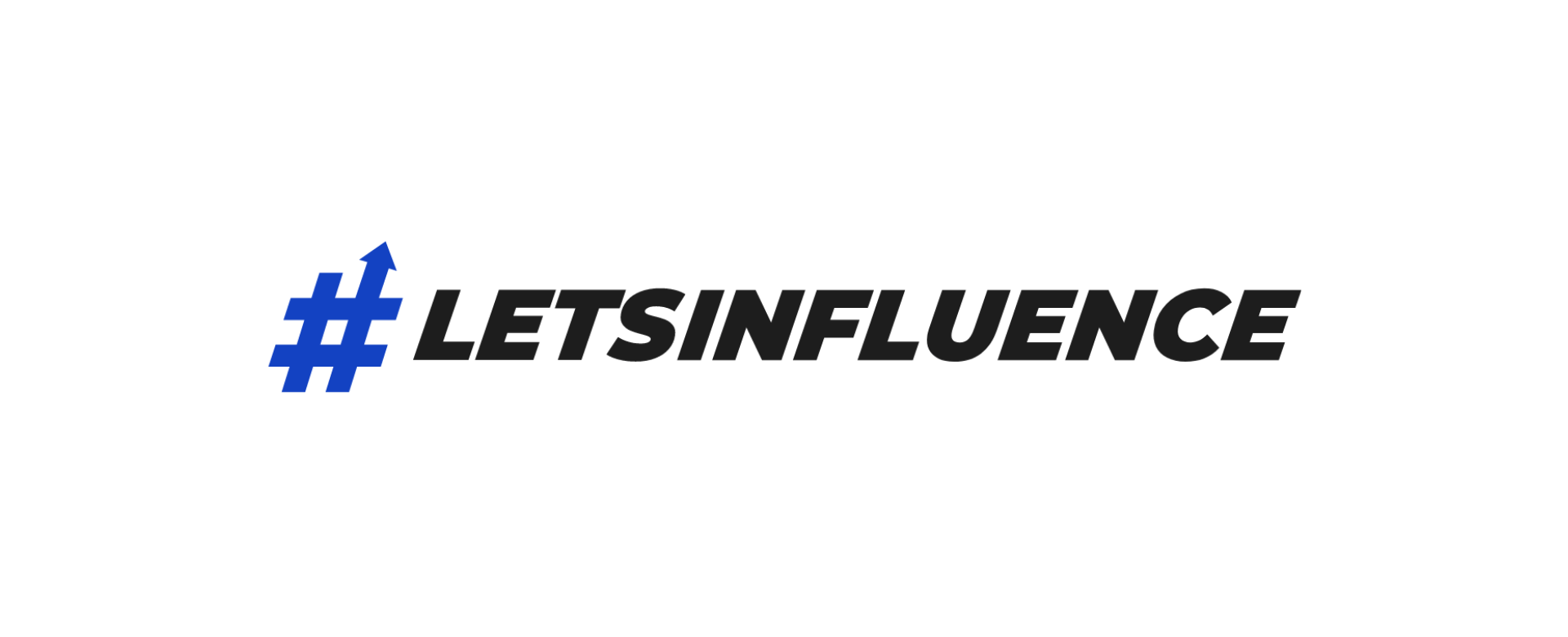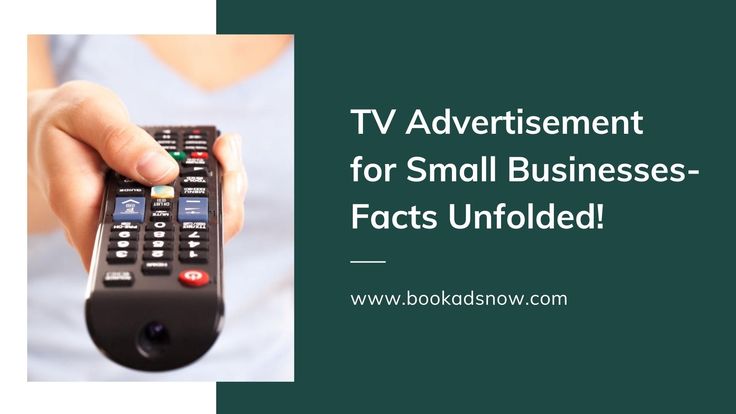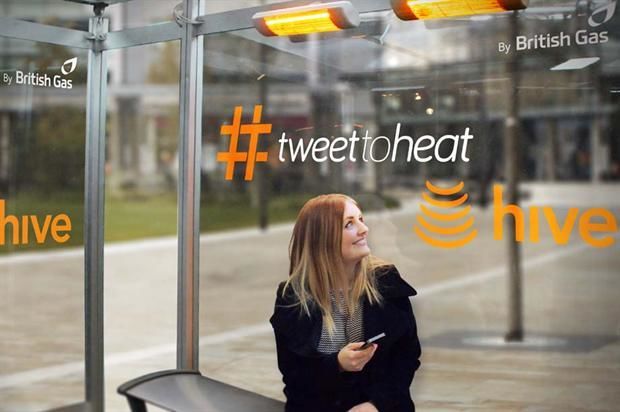
Roadside advertising signs are a popular form of roadside marketing. It is a visual distraction to drivers and may affect the behaviour of drivers as they drive. They can be divided into 2 types: static and variable. These signs can have an adverse effect on driving behaviour.
Despite their widespread popularity, evidence regarding the direct impact of advertisements on road safety is sparse. A variety of studies have investigated key human factors that are related to roadside advertisement.
Roadside advertising can have a number of influences on risk factors, including the physical characteristics of the signs, speed at which they change, information displayed and presence of humans. All of these factors are related to the attention paid by drivers. This is affected by the behavioural characteristics of drivers and their psychological and physiological resources.

Drivers who are inexperienced or young are more likely to spend their attention on interaction with roadside ads than drivers who are older and more experienced. Their ability distinguish between relevant or irrelevant information is also lower. They are more susceptible to distraction.
One method that can be used to assess the impact roadside advertising has on driving behavior and is called the Task-Capability Interface, (TCI). To explain the relationship between environment and vehicle, this model incorporates both the vehicle and the environment. According to TCI, drivers pay more attention to roadside advertising signs that are less changeable than they are. Transient factors include changes in information, signs number, and images displayed sequentially.
Drivers' performance decrements were found to occur after interaction with a roadside advertising sign. Studies showed that young drivers were more susceptible to these performance decrements. A human presence on the sign was also found to increase distraction.
Additionally, researchers have looked at the impacts of various roadside advertisement technologies on driver behaviour. In Israel, one study compared billboard removal to restoration to determine if it had an impact on the driving habits of drivers. Another study looked into the effects of digital advertisements on drivers' driving habits.

Although the roadside advertising industry recognizes road safety's importance, they do not have to ensure that their products are safe. It is important to conduct research on all road users. These research studies should also consider pedestrians.
While it is crucial to analyze the effect of roadside advertisement on driving, it also important to account for human factors that can affect driving. But it isn't always possible.
Overall, the relationship between roadside advertisement and drivers' behavior has been complicated. It is possible to view roadside advertising as environmental clutter. However, it can be difficult for drivers to evaluate its impact.
FAQ
What is the primary purpose of advertising?
Advertising is not just about selling products; it's also about creating an emotional connection between you and your customers.
Advertising is about communicating your ideas and values to people who already care about what you have to say. It is about changing attitudes and minds. It's about building connections.
It is all about making people feel good.
But, if you don’t have a clear understanding of your customers’ needs, you will not be able sell anything.
Prior to you begin any advertising project, make sure you understand your customer's buying habits and needs.
This allows you to design ads that resonate well with them.
What do you need to know about television advertising?
Television advertising is a powerful medium to reach many people at one time. It was also expensive. It can still be very powerful if used correctly.
Although there are many types of TV ads available, they all share certain characteristics. When planning any TV ad, the first thing you should do is ensure that it fits within its category. Do not attempt to run a lifestyle advertisement as a product advert. Your message should remain consistent throughout the campaign.
Remember that prime-time is the best time for your ads to be aired. This is because the majority of viewers will watch TV while they relax in front a set. You want them to be able focus on your words and not get distracted by the TV.
Don't assume that just because you have lots of money, you will achieve great results. Actually, it could be the contrary. According to a University of California study, commercials that aired on popular TV shows had lower sales than those that aired on unpopular programs. It is important to do the right thing if your TV advertising budget is large.
How do I choose my target audience?
Start with yourself and those close to you. If you don’t know where or how to start, ask yourself "Whom are I trying to reach?"
Ask yourself the following questions: Who are my industry's most influential people? What are the problems they face daily? Which people are the most intelligent in my industry? You can find them online.
Start at the beginning of your business. Why did you start? What problem solved you for yourself? How did that happen?
These answers will help identify your ideal clients. This will allow you to learn more about your ideal customers and their motivations for buying from you.
It is also possible to look at the websites and social networks pages of your competitors to get insight into who they cater.
Once you identify your target customers, then you must decide which channels to use to reach these people. An example: If you provide services to realty agents, you may create an informational website for home buyers.
A blog that targets small-business owners could be a possibility if you are a software provider.
You could also create a Facebook account for teens if you sell clothing. Or if you're a restaurant owner, you could set up a Twitter account for parents looking for kid-friendly places to eat.
You have many options to convey your message.
Is there any way to get free traffic?
Free Traffic refers to the traffic that comes directly from organic search results without paying for ads. This is also known as organic or natural traffic. There are many ways you can get free traffic.
Article marketing is one of the most effective ways to get free traffic. This is because it has a very low cost per click (CPC). The CPC is usually very cheap compared to paid ads. Article marketing is also known as content marketing.
Social Media Marketing: Social media sites such as Facebook, Twitter, LinkedIn, and LinkedIn make it easy to promote your company through advertising. These sites allow you to update, share photos, and develop relationships with people who could become customers. Many businesses opt to purchase ad space on social networks because they want to reach a larger audience for a more affordable price.
Blogging-Blogging is another great way of generating free traffic. High quality content will draw people to your blog. Once you're attracting visitors, you can monetize your blog by selling products or services.
Email Marketing: Email marketing is a proven method to increase traffic to your website. It is a great way to increase your subscriber base and sell products.
What is branding?
Your brand is your way of communicating who you are as well as what you stand behind. It's how you make people remember you when they hear your name.
Branding is about creating a memorable brand identity for your company. A brand does not only include a logo, but includes everything that you look like and how your voice is used by employees.
Customers feel more confident buying from your company if they have a solid brand. They know what they're getting. And it gives them confidence in choosing your products over those of competitors.
Apple is a good example of a company that has a strong brand. Apple is a well-known brand for its elegant design, high quality products and excellent customer service.
Apple's name has become synonymous for technology. Apple is the brand people think of whenever they see a smartphone or computer.
It is a good idea to create a brand prior to starting a new company. This will give your business a face and personality.
Advertising is what?
Advertising is an art. Advertising isn't just about selling products. It's about building emotional connections between brands and people.
Advertising is about sharing stories and using images for ideas.
You have to make sure you are communicating clearly and persuasively. You must tell a story that is relatable to your target market.
Advertising is thus different from other forms, such public speaking, writing, and presentations.
A successful ad campaign is a way to establish a brand identity.
And this is how you become memorable. You are someone people remember.
What is an Ad Campaign?
A campaign is a series advertising messages that are designed to promote a product. It can also refer entirely to the production of such ads.
The term "ad" comes from the Latin word for "to sell." Marcus Terentius Varro (116–27 BC), the first known user of the term "ad" used it to mean "to make sales."
Large companies or agencies usually do advertising campaigns. There may be many media types involved, including print and television as well as radio, TV, and internet.
Advertising campaigns can last up to six months and have specific goals. Advertising campaigns can have different goals. Some are focused on increasing sales while others generate awareness.
Statistics
- Worldwide spending on advertising in 2015 amounted to an estimated US$529.43 billion. (en.wikipedia.org)
- Nonetheless, advertising spending as a share of GDP was slightly lower – about 2.4 percent. (en.wikipedia.org)
- In 1919 it was 2.5 percent of gross domestic product (GDP) in the US, and it averaged 2.2 percent of GDP between then and at least 2007, though it may have declined dramatically since the Great Recession. (en.wikipedia.org)
- Google will display whichever ad type (CPM or CPC) is expected to earn more revenue for the publisher, which is in Google's best interest since they take a 32% share of the revenue. (quicksprout.com)
External Links
How To
How do I advertise on Google?
AdWords, Google's advertising platform, allows businesses to buy ads based upon keywords they wish to target. The first step is setting up your account. You select a campaign name, set the budget, choose the ad type (text, image, video), and add keywords. Then, you place a bid on the keywords. If someone clicks on one of your ads, you pay only if the click comes from a person who searched for one of your targeted keywords. This allows you to get paid even if people don’t buy anything.
Google offers many tools to help ensure that your ads are effective. These tools include Ads Preferences Manager and Keyword Planner. These will allow you to identify the best options for your company.
A keyword planner helps you determine which keywords to use for your campaigns. You can also see how competitive certain keywords are, which will help you decide whether to spend money bidding for them.
Ads Preferences Manager can be used to adjust settings such as the maximum impressions per hour and the minimum price per click.
Analytics allows to track your ads' performance and compare it with other campaigns. You can view reports that show how your ads performed in comparison to other ads.